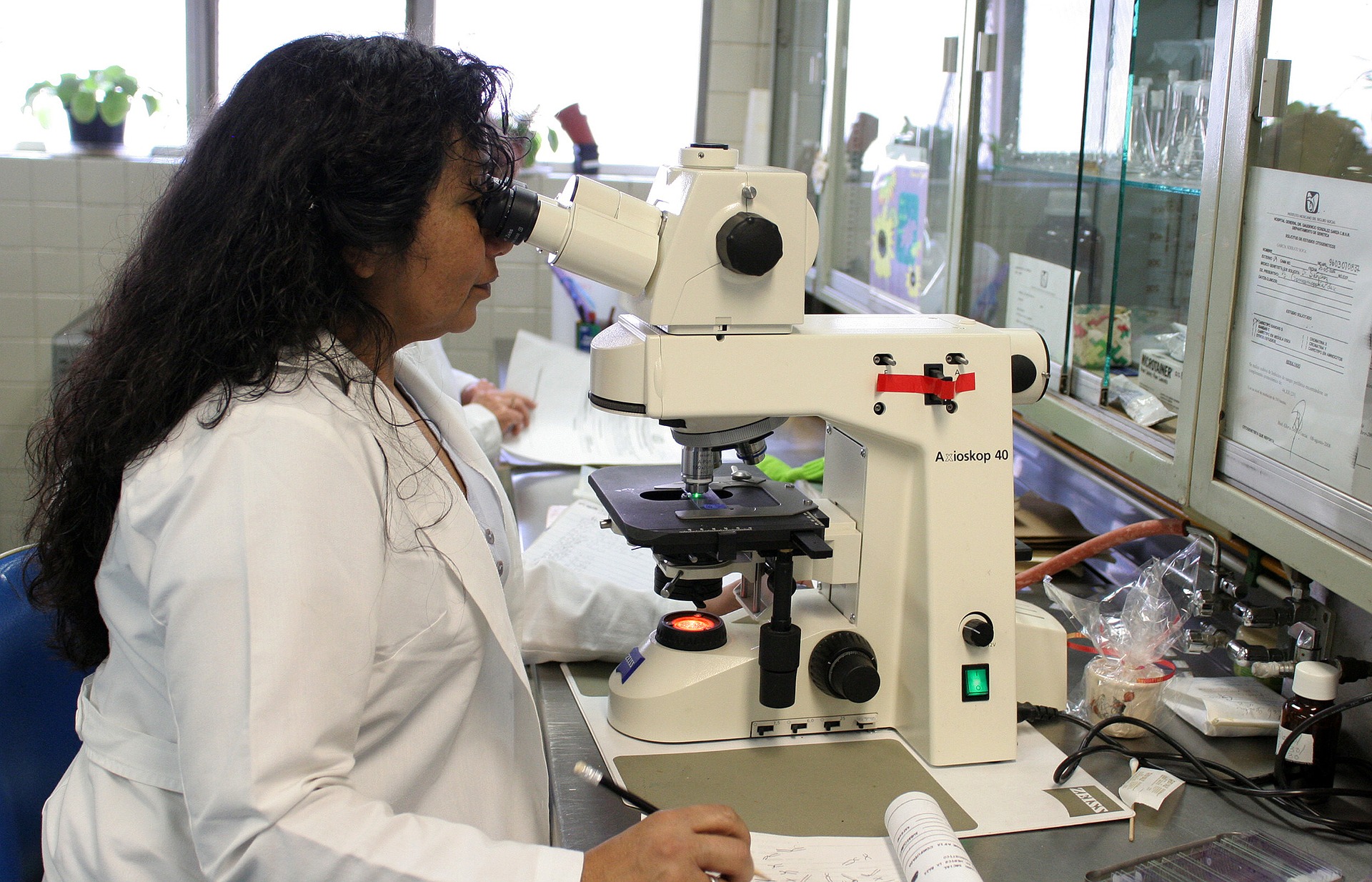Date: July 8, 2019
Source: American Heart Association
Summary: Microvascular disease, a disorder of very small blood vessels, may increase the risk of leg amputation independent of other blood vessel conditions and regardless of the location of the microvascular issue, such as eyes (retinopathy), kidneys (nephropathy) or feet (neuropathy). Study participants with both microvascular disease and peripheral arterial disease (PAD) had an almost 23-fold increased risk of amputation compared to those without any vascular disease.
Microvascular disease is independently associated with a higher risk of leg amputation compared to people without the disease, according to new research in the American Heart Association’s journal Circulation.
The study, funded by the American Heart Association Strategically Focused Research Network in Vascular Disease and the U.S. Department of Veterans Affairs, examined amputation risk among people with microvascular disease or peripheral artery disease (PAD) or those who had both microvascular disease and PAD. Researchers used data from the Veterans Aging Cohort Study, which included more than 125,000 veterans who initially did not have amputations when the study began. Over an average of nine years, participants with:
microvascular disease had a 3.7-fold increased risk of lower limb amputation, and experienced 18% of all amputations during the study;
PAD had a 13.9-fold increased risk of lower limb amputation and suffered 22% of all amputations; microvascular disease and PAD had a 23-fold increase in the risk of lower limb amputation which accounted for 45% of all amputations.
PAD is a narrowing of the arteries away from the heart and is typically found in the legs. It causes cramping, pain or fatigue in the leg muscles while walking or climbing stairs. If left untreated, PAD can lead to gangrene and the need for amputation.
In microvascular disease, tiny vessels that carry blood to muscles and other tissues throughout the body no longer function properly. While the disease is commonly diagnosed in the eyes (retinopathy) or in the kidney (nephropathy), the authors believe those are markers of microvascular dysfunction throughout the body.
“This study advances the idea that microvascular disease is a system-wide disorder rather than only affecting one part of the body,” said Joshua A. Beckman, M.D., lead author of the study and professor of medicine and director of Vascular Medicine at Vanderbilt University Medical Center in Nashville, Tennessee.
“PAD (in the legs) has long been considered a sign that a patient likely also has narrowed arteries leading to the heart or brain. If a patient has PAD, they have a higher risk of other cardiovascular diseases, such as heart attacks and strokes,” Beckman said. “Our study suggests that microvascular disease in any part of the body, such as the eyes, kidneys or feet (neuropathy) may be linked to decreased blood vessel function in other parts of the body, putting patients at risk for potential lower-limb amputations.”
Based on the findings, Beckman suggests patients with microvascular disease require close observation and care of their feet to detect sores or injuries early to promote healing and reduce amputations. “Patients with both microvascular disease and PAD have the highest risk of lower-limb amputation and need maximal medical therapies to reduce their risk,” Beckman said.
